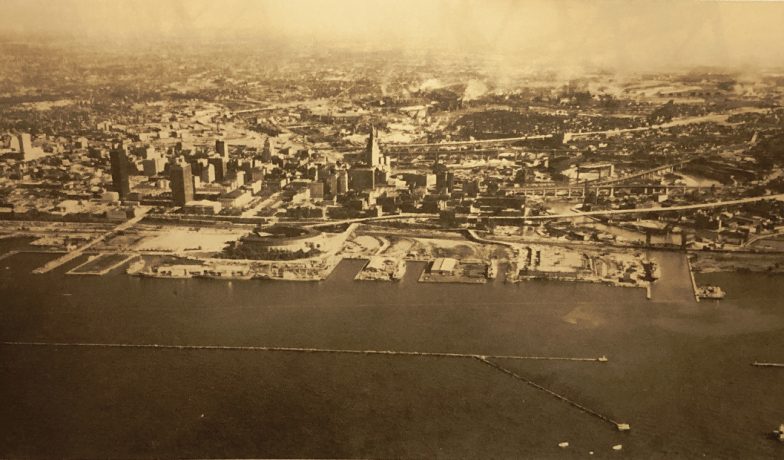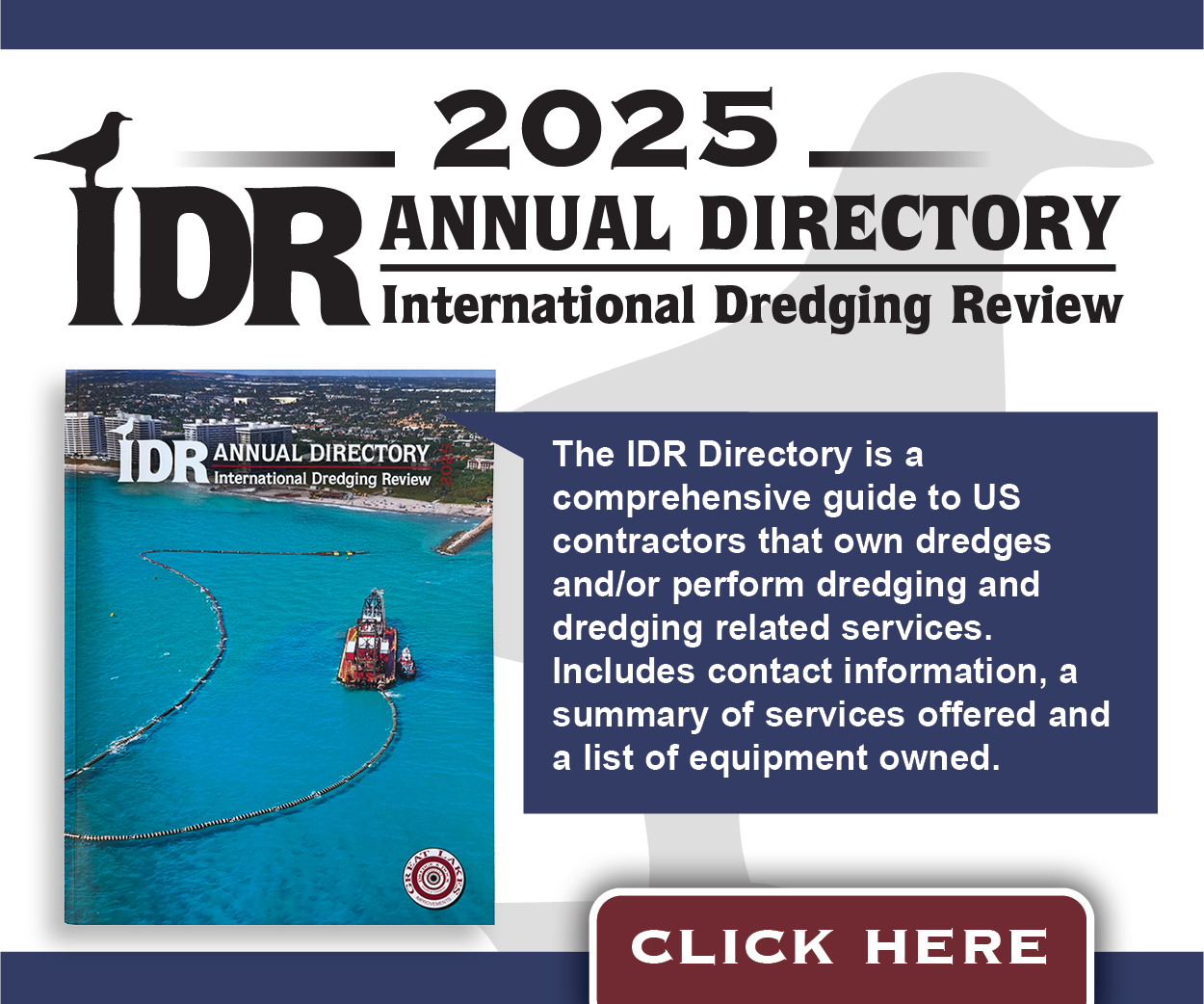Here’s How They Do It at Cleveland: Setting Up the Port Authority
At Cleveland, they like to say the port is over a century old – and that ships were sailing from that Lake Erie port to Liverpool, through the old Welland Canal and up the St. Lawrence River, over 100 years ago.
And it’s true, of course.
The city itself was founded at the mouth of the Cuyahoga River when Moses Cleveland established a trading post there in 1776. About 50 years later, in 1842, the brigantine Columbia arrived with the first cargo – 142 tons of iron ore. Soon a shipment of coal came overland from Pennsylvania, by oxcart, and the mix of iron ore and coal started a destiny which put Cleveland at the apex of an industrial area.
This was the beginning, too, of the Port of Cleveland. Today the port has lost none of the spirit which created and nourished it.
Ever increasing demands for iron ore and limestone to feed the seemingly bottomless maw of the iron and steel industry in Cleveland, the Mahoning Valley (Youngstown, Steubenville and Canton, Ohio) and the Pittsburgh area, stir activity at the growing port.
To meet the competitive demands generated by the opening of the Seaway, the Cleveland-Cuyahoga County Port Authority was formed. Born by simultaneous passage of resolutions by the Cuyahoga County Commissioners and the Cleveland City Council, it was established as an independent business rather than a governmental agency.
Nine directors constitute the port authority’s policy and decision-making body. A staff of 13, headed by Noel C. Painchaud, executive director, runs the port.
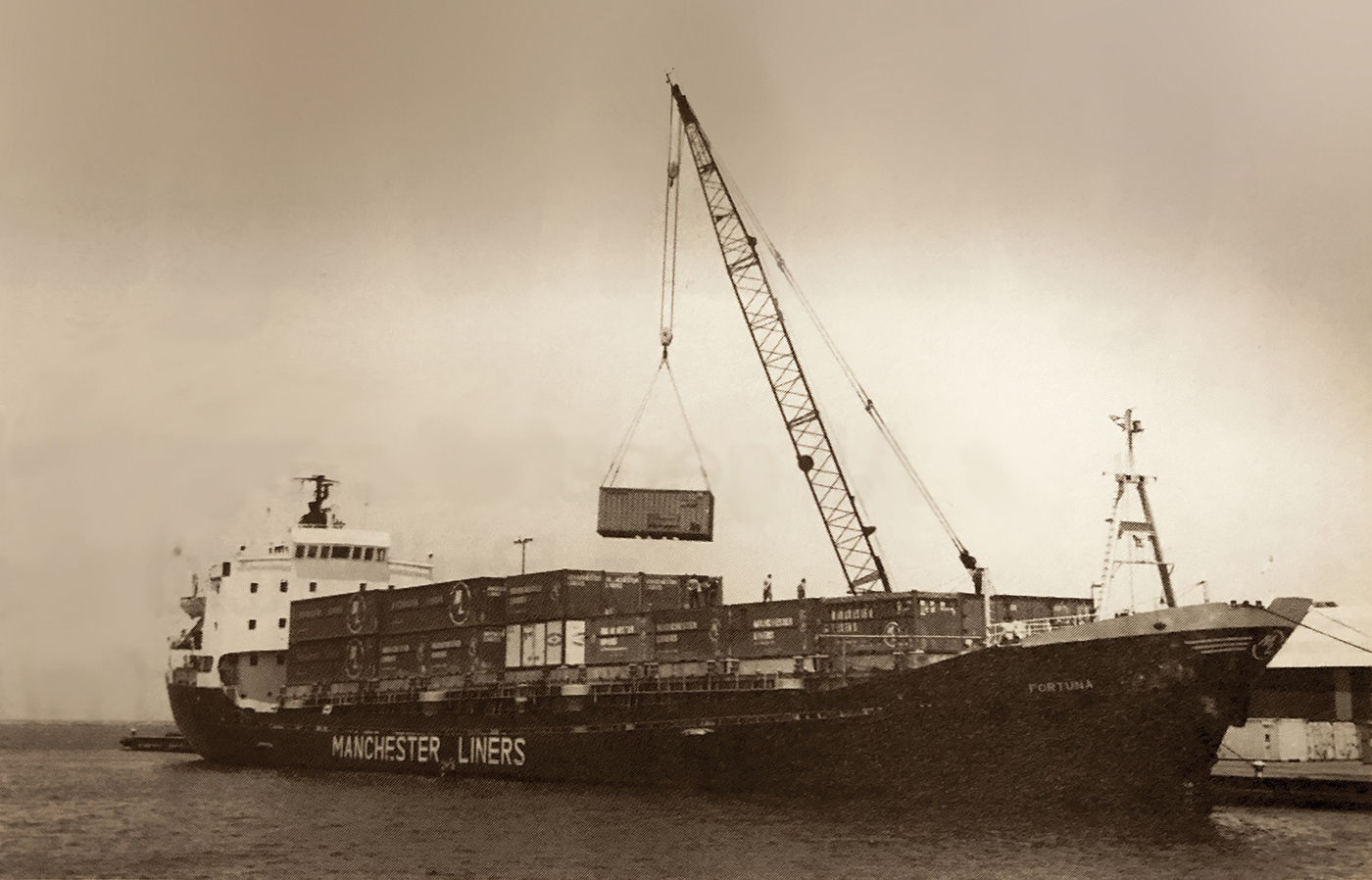
Great Lakes Task Force
Painchaud’s activity in the national legislative theater has been given additional recognition with clout with his ascension to the chairmanship of the Great Lakes Task Force, an association of nine organizations concerned with the future of Great Lakes ports and shipping.
His participation in such wide-based matters affecting the future of the Great Lakes is in keeping with the tenor of the port authority’s unwritten credo, “What’s good for the Great Lakes is good for Cleveland.”
“It may seem,” says Albert Bernstein, chairman of the port authority’s board of directors, “that we are entirely altruistic in that outlook. This is not the case. We know that additional imports and exports attracted to Great Lakes ports generally will result specifically in added tonnage for the Port of Cleveland. No one engaged in the management of ports on the Great Lakes can afford to take a narrow view.
“That does not mean,” he adds, “that we’re resting on our oars waiting for business to come to us. We are constantly intensifying our efforts to promote and advertise traffic and trade – to maintain a constant campaign to bring more tonnage to our port.”
150 Ports in 70 Countries
The Port of Cleveland serves more than 150 ports in 70 countries. Fifteen Cleveland steamship agents represent some 40 steamship lines with personal on-the-dock supervision. Eleven ships can be accommodated simultaneously in the overseas cargo harbor. The port’s provisions for security of cargoes include 24-hour guards, single entry-exit gate, high value security areas and perimeter fencing and lights.
“One of our most important responsibilities,” continues Painchaud, “is to seek out new cargoes for the port. To accomplish this, we have a trade development staff of three which is responsible for the planning, development and implementation of sales and sales programs geared to route international cargo over the port authority facilities.
“These efforts are dove-tailed with our traffic department and public relations department. The entire staff is involved with advertising, direct sales calls in the field, publication of port authority brochures, fact sheets, newsletters and foreign trade missions.
“Coordination of sales personnel efforts with the terminal operators has brought profitable results.”
Such cooperative sales efforts have generated 7 million tons of general cargo over Cleveland’s docks since the authority was formed in 1968. Container traffic has grown from 1,400 units in 1974 to about 3,000 last year.
Primary metal products make up the bulk of Cleveland’s general cargo business, including wire rod, coiled steel, structural steel, zinc, lead and aluminum ingots.
The port also accommodates considerable tonnage in the categories of metallic ores, chemicals, glassware, nonelectric machinery and transportation equipment.
Among the many other groups contributing to the success of this northern Ohio port is the International Longshoremen’s Association AFL-CIO.
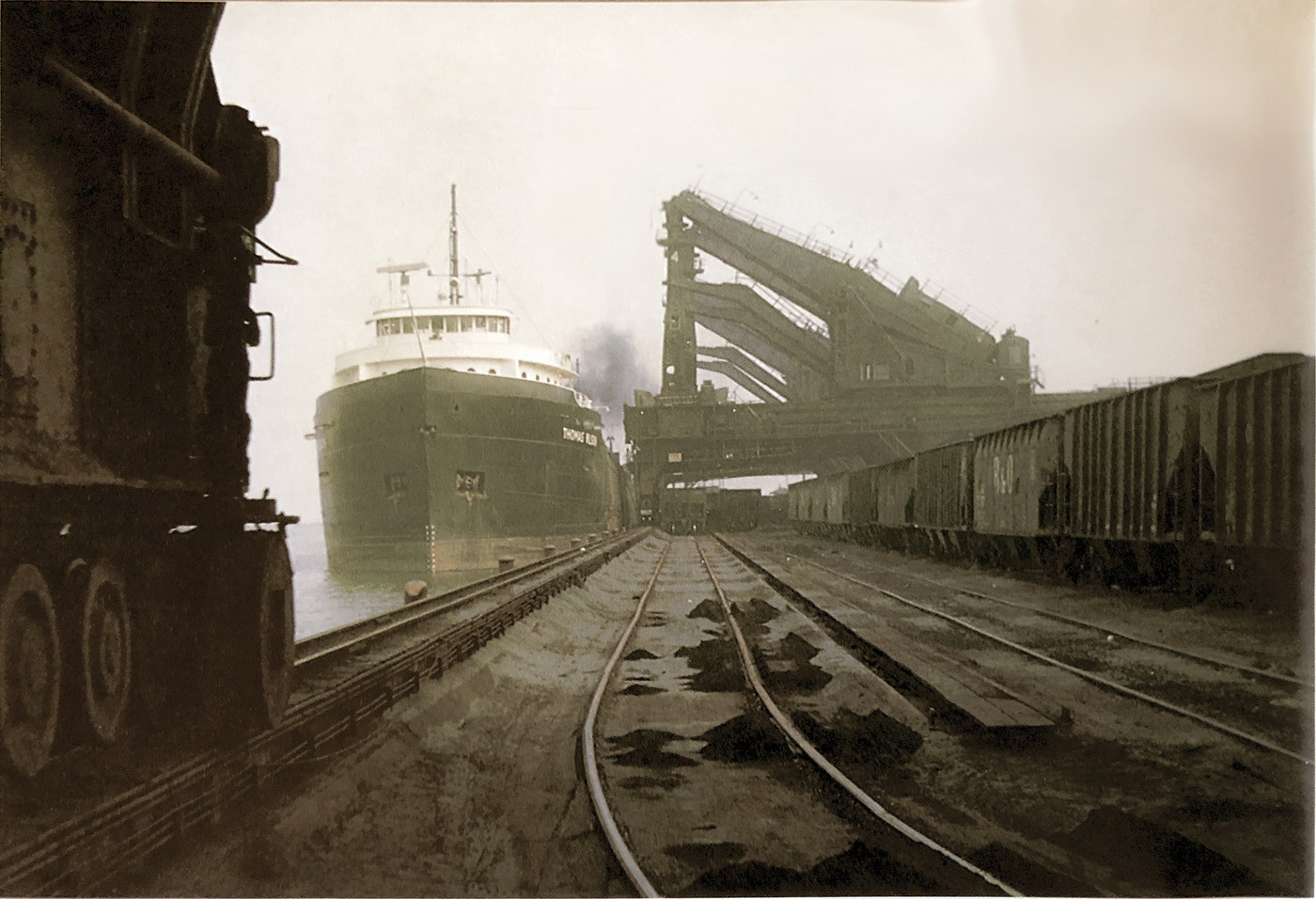
Users’ Committee
A Users’ Committee has been formed at the port, with Paul Chamberlin, Kurt Orban Co., elected chairman and Richard J. Kelly of the M.J. Kelly Co. elected vice chairman.
Also involved in the committee are the port’s two terminal operators – Cleveland Stevedore Co. and Great Lakes International and ILA Local 1317.
Although not officially members of the committee, representatives of these interests attend meetings and participate in the workings of the committee.
Other firms with representatives on the committee include American Koyo Corp., Eaton Corp., Terex Division of General Motors Corp., Greater Cleveland Growth Association, Gould, Inc., Higbee Co., Lincoln Electric Co., McDowell Wellman Engineering Co., SherwinWilliams Co. and the Timken Co.
Today, the port authority relies upon operating revenues from ship dockage, cargo wharfage and operating tax levies or capital improvements bonds for its income. Currently it is operating under a five-year, 13/1000ths mill tax levy which was approved in 1968.
The authority must go to the voters again this year for renewal of that levy, which, based on an average assessment of $8,000 (for tax purposes) per home, will cost the average real estate taxpayer about 80 cents a year.
That’s a pretty small price for a world port.
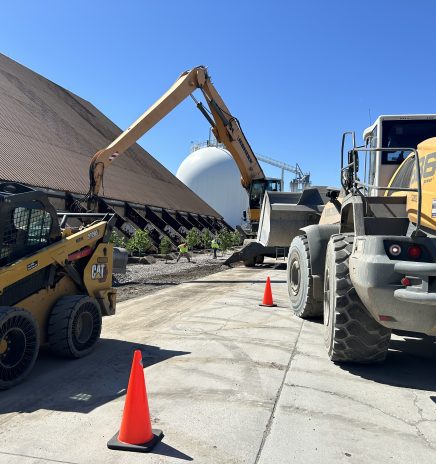
Great Lakes States Receive USDA Forest Service Funding
The Forest Service has awarded $6.28 million in grants to support restoration projects on nonfederal lands in Illinois, Indiana, Michigan, Minnesota, New York, Ohio and Wisconsin. In all, 38 projects... Read More
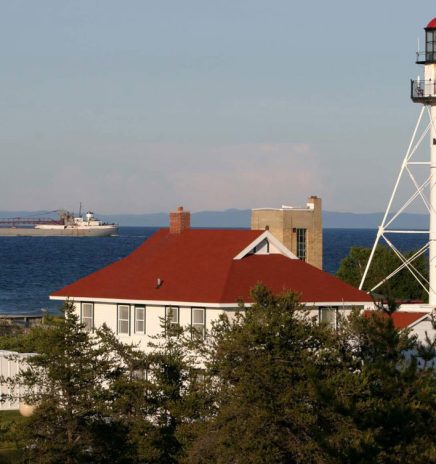
Salvaging History in the Great Lakes
Tracking shipwrecks honors those lost in the lakes The summer calm that comes to the Great Lakes provides the ideal conditions for tracking down the remains of the many ships... Read More

